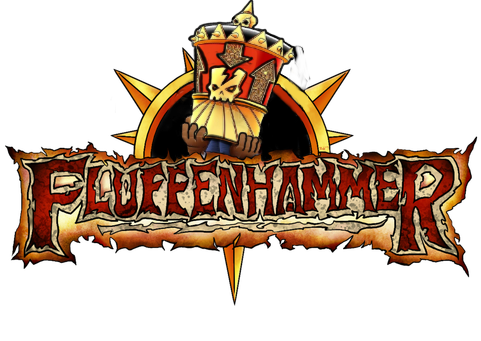Sunday Musings: The Legacy of Heroquest
Whilst the chances are I don’t need to recover old ground here, I’m always aware that every article could be someone’s first.
Back in 1989, Boardgame makers Milton Bradley partnered up with Games Workshop to create the classic Dungeon Crawler “Heroquest”. A punkish take on the fantasy genre with more than a little amount of GW’s anarchist style coated with swords, sorcery and skeletons. To fit this into the timeline, up to this point in the late 80s, the top selling boardgames were Taboo, Monopoly and Kerplunk. The giant muscled warrior on a journey to Slaine his way through a bestial Orc whilst his comrades sliced, exploded and shot other such monstrosities stood out on shelves filled with Jenga and other such pastel coloured boxes. Inside was a pitch perfect trap to capture an adolescent mind, introducing low level RPG elements, miniature paining and world building. It is still a simple yet genius move by GW to include a How To Paint leaflet in the earlier printings filled with ‘Eavy Metal studio pictures.
It hit the shelves in a time where it was not an easy task to know about such things, 2000AD ran adverts in the magazine, but this was before SFX magazine, a good decade before the internet became a household necessity. Yet, it made an impact with TV adverts of a surprisingly high budget and quality that translated into high day one sales.
Heroquest was a series of smart choices, with four expansions over the next three years, (and the Advanced Quest redo the year after that) with a final release being a empty book with stickers for tokens in order for the players to make their own complete continuous adventures. Filled that book up? Go buy a second one. A third one. The world is your oyster young adventurer. The artwork and setting filled in the idea of what eventually became an Alternate Universe Warhammer Old World, never going deep into the world’s lore and papering over other parts with more general fantasy. But it was more than enough to get you started.
From that point on, Games Workshop released Advanced Heroquest in 1991, set utterly in the Warhammer World, with a more complex ruleset. From those forges rose Warhammer Quest, a game I’ve already waxed lyrical about, cementing an all in one box set that Heroquest started and Games Workshop would mirror for each edition of their flagship games to this day. from there Silver Tower, Blackstone Fortress and the appropriately named Cursed City from the late 2010s onwards.
Each of the latter mixed up the formula by adding in behavioural tables for enemies and adding in choices for players, creating new scenarios for which to strategise against.
The players often did not stop with Warhammer though, as Heroquest opened a portal to Dungeons and Dragons bu running highly simplified and streamlined rules and terminologies.
The rise of such crowdfunding sites as Kickstarter led to a flood of excellent dungeon crawlers heavily inspired by Heroquest, with Gloomhaven, Descent and the like gaining traction as more in-depth takes on the genre, Strangely, one of the most apparently influenced by Heroquest releases is Star Wars: Rebel Assault, with a very similar style of presenting information for the campaign whilst also having a persistent campaign that can be seen taken to a logical endpoint by Pandemic Legacy and Risk: Legacy. If you have not played Risk: Legacy by the way, go and do. It’s a trip and no mistake.
Heroquest was something of a trendsetter, taking the idea of D&D’s 1983 Red Box and stuffing it full of everything you will ever need, but with enough dangling for further expansion, with the current Hasbro version being very much on-the-same-rails release with even more plans to expand the system. It may actually be the best thing about Heroquest y’know.



